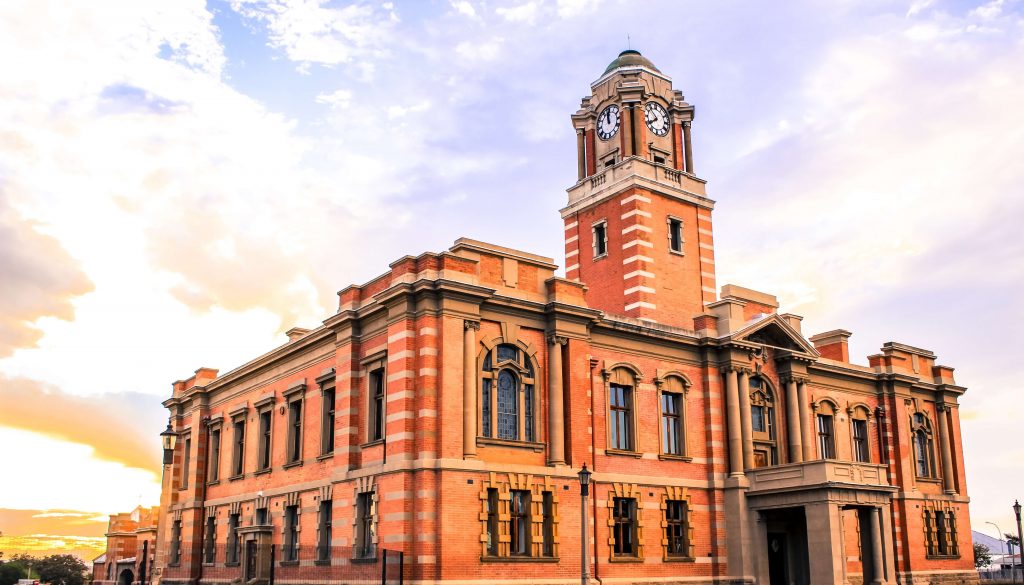With today’s discerning consumer demanding that their wearable tech be as functional as it is fashionable, the HUAWEI WATCH GT 5 Series steps boldly…
UCT Zamani project preserves Heritage sites using latest technology

The Zamani Project has been working diligently to document and preserve local and international heritage sites for more than a decade.
The Zamani Project is a research group that has formed part of the University of Cape Town’s (UCT) School of Architecture, Planning & Geomatics in the Faculty of Engineering & Built Environment.
To date, the project has documented more than 200 structures, rock art sites, and statues at 65 different heritage sites in countries across Africa, the Middle East, and Southeast Asia.
The Zamani Project
The project first had its start Emeritus Professor Heinz Rüther implemented the “African Cultural Heritage Sites and Landscapes Database” and would later in 2004 become known as the “Zamani project”
For Rüther, his passion for history and archaeology began when he was a student. He stated that he had learned about European history while he learned Greek and Latin. When he came to UCT he was introduced to African culture and heritage which fascinated him.
New technological tools
Rüther explained that the use of state-of-the-art technology has “opened more avenues that weren’t available before. He added that the previous methods of documenting heritage were often “tedious” and “time-consuming”.
Today when they are in the field, archaeologists are able to use laser scanning to capture metrically-accurate spatial data. They also use drones and terrestrial photography for photogrammetry. The use of satellite images and panorama photography has also proved to be essential. This has ensured accuracy by using control points and GPS/GNNS technology.
The data collected is then processed in-house and is used to create 3D models, Geographic Information Systems, sections, plans, elevations, panoramas, and panorama tours. This results in being able to create site animations and interactive virtual recreations. The collection is then finally stored on a secure server at the university
With the support and partnership from various organisations such as United Nations Educational, Scientific and Cultural Organization (UNESCO), World Monuments Fund, the Getty Conservation Institute the Zamani project has been able to use new documentation and visualisation to improve the quality of their collection.
The importance of preserving our heritage
One of the many heritage sites that the Zamani Project has been able to successfully document is the Cango Caves in Oudtshoorn. The project managed to document one of the chambers of the caves in November 2013.
Ruther stressed that it is vital to keep preserving as many heritage sites as possible due to them being lost to climate change, war, and new construction.
“Heritage contributes to our sense of identity,” Ruther concluded.
Read more: First Sub-Saharan Africa Tourism Acceleration programme launches
Featured image: Yasteel Dhoodnath via Pexels

